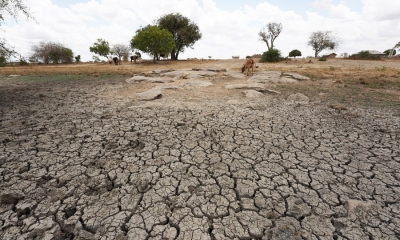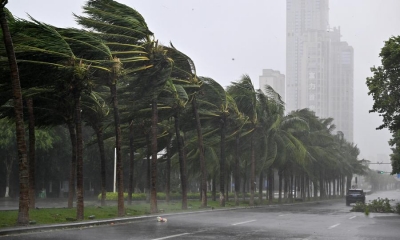The Slavery of American Welfare
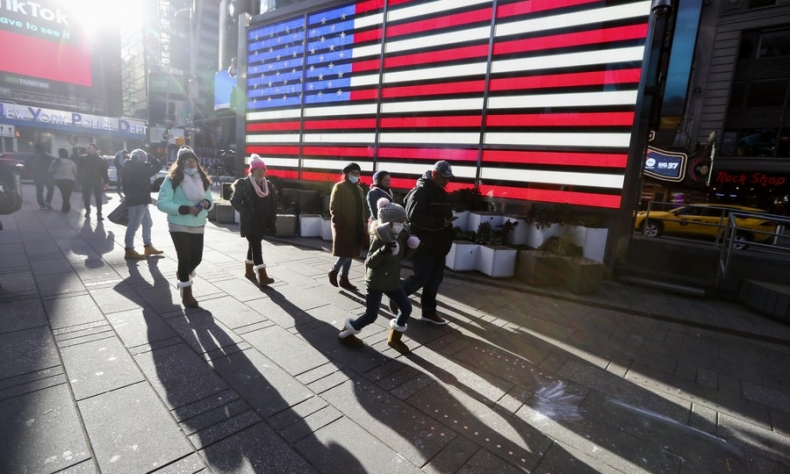
The United States, therefore, needs to be the first country in history to reinstate a universal safety net, perhaps like the one in China called dibao.
Twenty-five years ago, the United States became the first country to abolish its universal safety net for people at risk of poverty. Two academics at New York’s Syracuse University, Brian Hennigan and Gretchen Purser, have recently published a study that carefully documents how abolition still hurts and humiliates low-income Americans every day.
The abolition — legislated under President Bill Clinton, a Democrat — was not the reform that he intended. However, Clinton’s political capital was already exhausted by 1996, spent in unsuccessfully trying to implement humane reforms to the US health system. With his presidential authority diminished, he was forced to accept an unwelcome compromise.
What Clinton realised, is that poverty is not a fixed condition with a clear divide between poor and non-poor. Rather, poverty can be likened to a lake, the size of which is determined by the difference between the flows of people in and out. Policies that stem the flow, unemployment insurance for example, can be complemented by ones, such as education and training, that increase the speed of outflow. Clinton’s goal was to increase the rate of outflow, whereas Republicans wanted to cut the cost of welfare. The Republicans succeeded by making income support temporary: TANF, Temporary Assistance for Needy Families.
Much of the history of Clinton’s failure is captured in the name of the legislation, PRWORA, the Personal Responsibility and Work Opportunity Reconciliation Act. Reconciliation speaks to the “compromise” between the bill, or draft legislation, backed by President Clinton and that proposed by the Republicans. “Personal Responsibility” refers to the belief, common among those on the political right, that poverty is caused by personal inadequacy. The scholarly evidence is that structural factors are far more important: insufficient aggregate demand; limited work openings; failing educational systems; and racial and other forms of discrimination.
“Work opportunity” restates the illusion of the American Dream: namely, that hard work guarantees that anybody can join the Wall Street rich. It also presents America’s poor with an ultimatum: “work or else no welfare”.
America’s poverty alleviation strategy is no longer a federal responsibility. Devolved to states, provision varies across the country. However, the approach envisaged by PRWORA was that of “workfare” not welfare. This comprises a series of threats to anyone finding themselves in poverty. First, the person is instructed: “if you don’t find a job quickly, you will be made to work before receiving cash support (TANF).” The work and work activities to which welfare applicants are directed may be provided by the public, private or not-for-profit sectors.
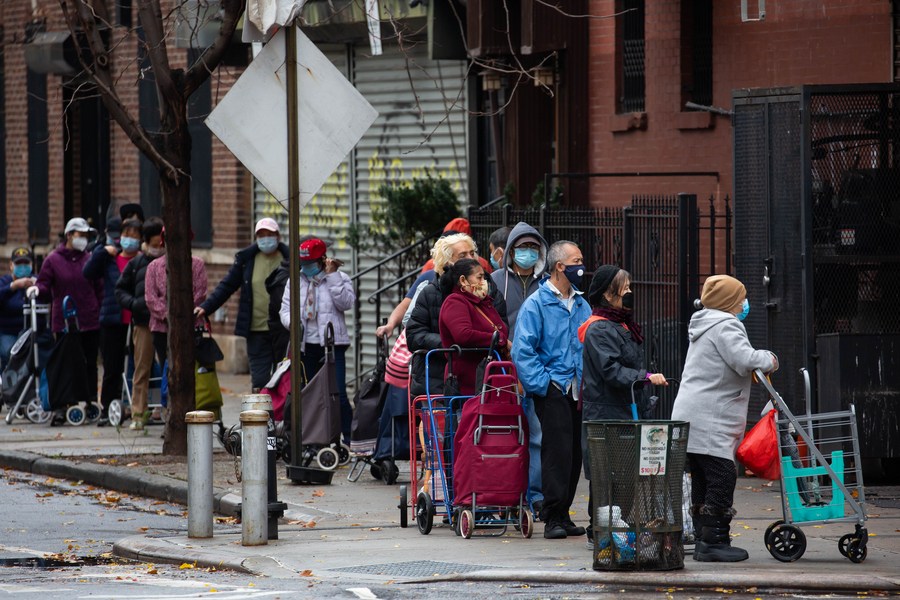
Secondly, a person will be told: “if you don’t find your own work within two years, you will receive nothing. You will then be absolutely poor.” This is the gaping hole in America’s social safety net.
Twenty-five years of experience have demonstrated the false assumption underpinning PRWORA, namely that work opportunities exist which can allow everyone to enjoy a dignified life. Further legislation, in 2014, gave additional support to the plethora of private and not for profit organisations that had sprung up to help people avoid the punishment meted out under PRWORA.
Hennigan and Purser studied “job readiness” programmes offered by two non-profit organisations. The programmes involved extensive classroom “learning”. One programme, named Choosing Success, encouraged participants to accept any job that they were offered irrespective of how poorly paid it was. The logic of this was straightforward. If participants were soon to have their entitlement to cash benefit ended, any income was better than none. But, given this scenario, the programme also had to teach people how to live on very little.
The other programme, Women of Work, emphasised that women should have confidence, dress properly, and behave like men in asking for higher wages. However confident women might be, they are unlikely to demand higher wages at a job interview when on the verge of losing their right to welfare benefits. Therefore, Women of Work, also taught their participants how to make do with low wages.
The advice that participants were given — don’t spend too much, save little and often, take a second and third job, hustle — make money where you can — was no more than most people living in poverty were doing already out of necessity. Hennigan and Purser conclude that both programmes were:
“…conditioning clients to embrace and endure the low-wage and precarious jobs at the bottom of the labour market and to take charge of their own financial wellbeing in light of the withdrawal of state support.”
While harsh reality has caused most states to extend time-limits on eligibility from two years to the maximum permitted which is five years, the number of families in poverty with children that receive financial support has fallen from over 75 per cent in 1996 to just 23 percent in 2019.
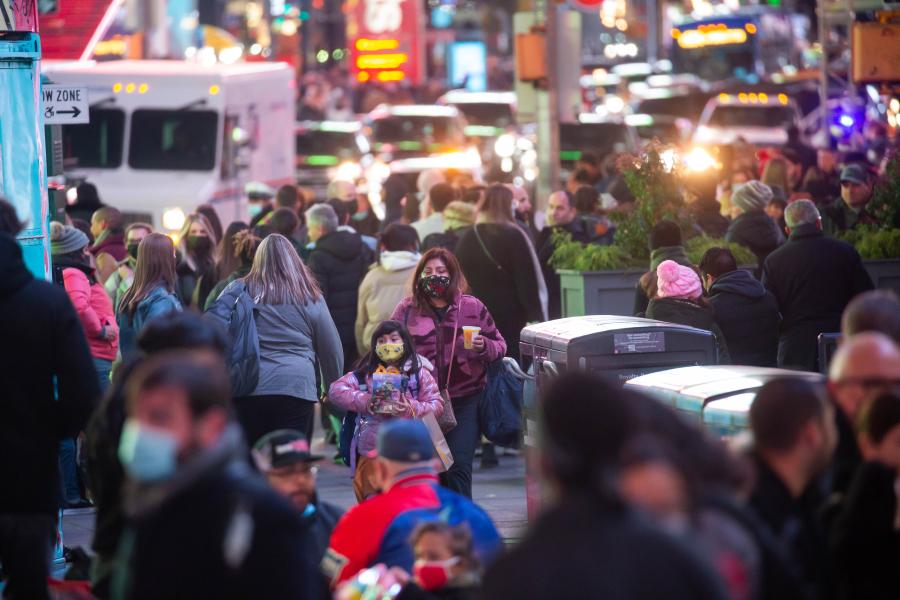
It is salient, given these developments, to realise that the United States has, along with 175 other countries, ratified the international convention on the Abolition of Forced Labour (ILO:C105).
The Convention prohibits any form of forced or compulsory labour “as a means of labour discipline”. While international lawyers may quibble over the letter of the law, the research of Hennigan and Purser and many others demonstrates that US workfare certainly does not follow the spirit of the Convention. In 2010, Sandford Schram and his colleagues concluded that the US approach to “poverty governance” was a “disciplinary system that aspires to the pedagogical”. Similarly, in 2020, Jeff Maskovsky and Frances Fox Piven described TANF and workfare as a “humiliation regime”, “a form of political violence” that “delegitimates ‘the poor’ as political actors”.
The idea of workfare can be traced to an article by Charlotte Perkins Gilman in the American Journal of Sociology in 1909. Gilman posed the problem:
“Given: in the same country, Race A, progressed in social evolution, say, to Status 10; and Race B, progressed in social evolution, say, to Status 4.
Given: that Race B, in its present condition, does not develop fast enough to suit Race A.
Question: How can Race A best and most quickly promote the development of Race B?”
Gilman’s solution was that all members of Race B beneath “a certain grade of citizenship” — those who were not “decent, self-supporting, [and] progressive” — should be “taken hold of by the state”. She proposed compulsory “enlistment”, “not enslavement”. Enlistment would comprise “honourable employment from the first, and the rapid means of advancement”. Participants would only be paid on graduation from enlistment, net of the cost administering the scheme.
In 2020, 64 per cent of TANF participants were either Black or Hispanic with just 27 per cent being White.
The United Nations’ Sustainable Development Goals require all governments to “implement nationally appropriate social protection systems” and, by 2030, to “achieve substantial coverage of the poor and the vulnerable”. Poverty in the United States is among the highest in the OECD club of high-income countries. Only Costa Rica and Hungary fare worse. The United States, therefore, needs to be the first country in history to reinstate a universal safety net, perhaps like the one in China called dibao.
The article reflects the views of the author and not necessarily those of China Focus.
 Facebook
Facebook
 Twitter
Twitter
 Linkedin
Linkedin
 Google +
Google +





